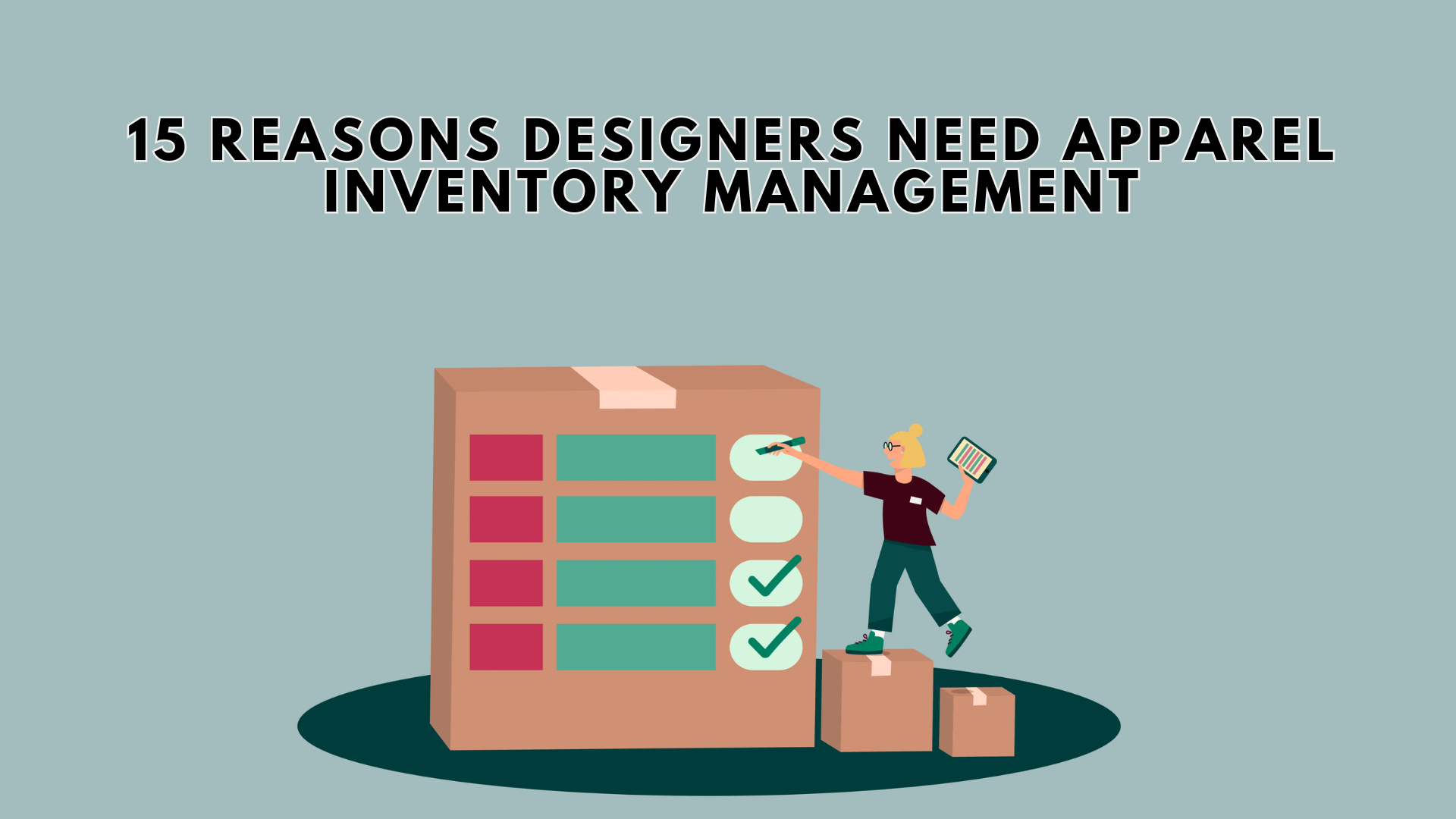In the fast-paced world of fashion, staying ahead of the curve is not just about having a keen eye for design. It’s also about managing the logistics behind those designs efficiently. Apparel inventory management is the backbone of a successful fashion business, ensuring that designers can focus on what they do best—creating stunning garments. Here are 15 reasons why robust inventory management is a must for designers:
1. Streamlined Operations
Effective inventory management streamlines operations by providing a clear overview of stock levels, locations, and movements. This clarity helps designers maintain an organized workflow, ensuring that the right products are available at the right time.
2. Cost Efficiency
Proper inventory management helps in reducing costs associated with overstocking and stockouts. Designers can minimize excess inventory that ties up capital and avoid the costs of rush orders or missed sales due to stock shortages.
3. Improved Cash Flow
By optimizing inventory levels, designers can improve cash flow. Less capital is tied up in unsold inventory, freeing up resources for other crucial aspects of the business, such as marketing, product development, and expanding collections.
4. Enhanced Customer Satisfaction
Meeting customer demands promptly is essential in the fashion industry. Inventory management ensures that popular items are always in stock, reducing wait times and backorders, which leads to higher customer satisfaction and repeat business.
5. Accurate Demand Forecasting
Inventory management systems provide valuable data and analytics that help designers forecast demand more accurately. Understanding trends and customer preferences allows for better planning and production schedules.
6. Reduced Waste
Fashion trends are constantly evolving, and unsold inventory can quickly become obsolete. Effective inventory management minimizes waste by helping designers maintain optimal stock levels and reduce unsold seasonal items.
7. Simplified Production Planning
Inventory management provides insights into the availability of raw materials and finished goods. This information is crucial for production planning, ensuring that materials are available when needed and production schedules are met.
8. Scalability
As a designer’s business grows, managing inventory becomes more complex. A robust inventory management system scales with the business, handling increased stock levels, multiple locations, and a broader product range without compromising efficiency.
9. Enhanced Supplier Relationships
Maintaining accurate inventory records helps designers build better relationships with suppliers. Timely orders and clear communication foster trust and reliability, which can lead to better terms, discounts, and prioritized deliveries.
10. Compliance and Traceability
For designers working with high-value or regulated materials, inventory management ensures compliance with industry regulations. It provides traceability for each item, from raw materials to finished products, aiding in quality control and recall management if necessary.
11. Efficient Order Fulfillment
Inventory management systems streamline the order fulfillment process, reducing the time taken to pick, pack, and ship products. This efficiency is crucial for meeting delivery deadlines and maintaining a competitive edge.
12. Real-Time Insights
Access to real-time inventory data allows designers to make informed decisions quickly. Whether it’s adjusting stock levels, launching a new collection, or responding to a sudden surge in demand, real-time insights are invaluable.
13. Inventory Optimization
Balancing inventory levels to meet demand without overstocking is a delicate task. Inventory management systems use algorithms and analytics to optimize stock levels, ensuring designers have just the right amount of inventory on hand.
14. Competitive Advantage
In a highly competitive market, efficient inventory management can be a significant differentiator. Designers who manage their inventory well can respond faster to trends, avoid stockouts, and offer better customer experiences, giving them a competitive edge.
15. Focus on Creativity
Ultimately, effective inventory management frees designers from the burdens of logistics and operational complexities. With less time spent worrying about stock levels and supply chains, designers can focus more on their creative processes and bringing their visions to life.
Conclusion
For designers, mastering the art of apparel inventory management is as crucial as their creative talents. It ensures smooth operations, cost efficiency, and customer satisfaction, all while allowing them to stay agile and responsive in a rapidly changing industry. By embracing robust inventory management practices, designers can not only safeguard their businesses but also set the stage for growth and innovation.









